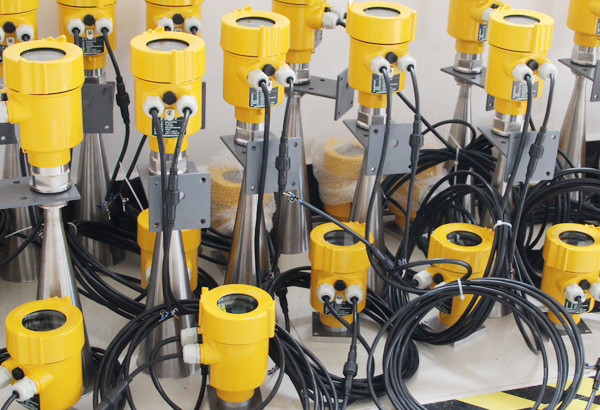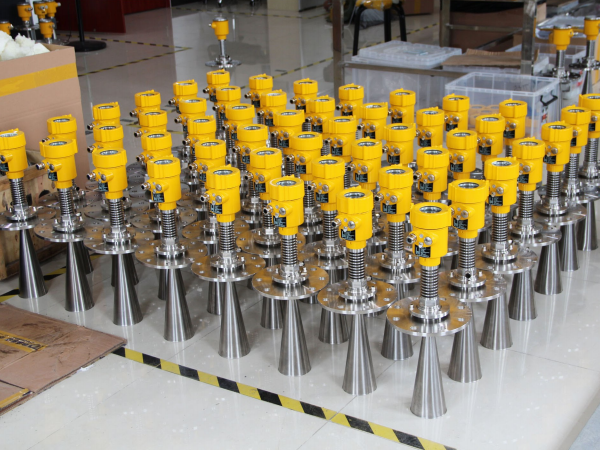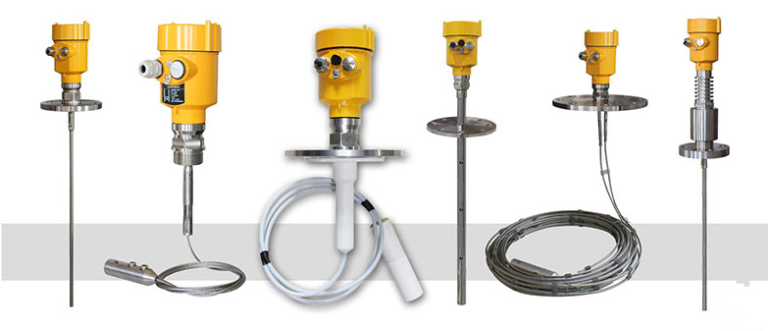In the field of industrial measurement and control, radar level gauges are favored for their high accuracy, non-contact measurement and wide applicability.
However, despite its increasingly mature technology, there are still some common misunderstandings during the installation process.
If these misunderstandings are not corrected, they will seriously affect the measurement effect of the liquid level meter and even the normal operation of the equipment.
Here are six common misunderstandings during radar level meter installation and how to avoid them to ensure measurement accuracy and long-term stable operation of the equipment.

Misunderstanding 1: Ignoring the characteristics of the medium
When installing a radar level meter, the characteristics of the measured medium, such as dielectric constant, viscosity, temperature, etc., must be considered. Different media have different reflection capabilities for radar waves.
If this is ignored, it may lead to incorrect selection or settings, thus affecting the measurement results. For example, for a medium with a lower dielectric constant, a radar level gauge with a higher frequency should be selected to increase the intensity of the reflected signal.

Misunderstanding 2: Ignoring the installation location
The choice of installation location is critical to the performance of the radar level gauge. Some users may choose the installation location at will without considering the shape, internal structure and medium flow of the tank.
The correct approach is to choose a location that can provide a stable reflected signal without disturbing the flow of the medium. In addition, installation near the inlet or outlet should be avoided to avoid interference.

Misunderstanding 3: Improper installation angle
The transmitting antenna of the radar level gauge should be perpendicular to the medium surface. If the installation angle is incorrect, measurement errors will result. For example, when a level gauge is installed at an angle, false level readings can occur. Therefore, ensuring that the level gauge is installed vertically is key to obtaining accurate measurement results.

Misunderstanding 4: Wrong distance setting
The measurement range of the radar level gauge is closely related to its installation height. If the distance set is too long or too short, it will affect the accuracy of the measurement.
A distance that is too long may cause signal attenuation, while a distance that is too short may cause the level gauge to be too close to the bottom of the tank, causing interference. Therefore, the installation distance should be set reasonably according to actual needs and equipment specifications.

Misunderstanding 5: Ignoring environmental factors
Environmental factors such as temperature, humidity, dust, etc. may affect the performance of radar level gauges. For example, high-temperature environments may cause electronic components to overheat, while dust may cause antenna contamination, affecting signal transmission.
Therefore, these environmental factors should be considered during installation and corresponding protective measures should be taken.

Misunderstanding 6: Improper maintenance
Even the highest quality radar level gauges require regular maintenance to ensure long-term stable operation. Some users may neglect maintenance work, causing the performance of the level gauge to degrade.
Regularly cleaning the antenna, checking the connecting lines and updating the software firmware are important steps to maintain good performance of the level gauge.

The installation of radar level gauge is not a simple task. It involves an in-depth understanding of the medium characteristics, careful selection of the installation location, precise control of the installation angle, scientific calculation of distance settings, and thoughtful consideration of environmental factors. and ongoing attention to equipment maintenance.
Only by avoiding these common installation misunderstandings can the measurement accuracy of the radar level gauge and the long-term stable operation of the equipment be ensured, so as to play its due role in the field of industrial measurement and control.
